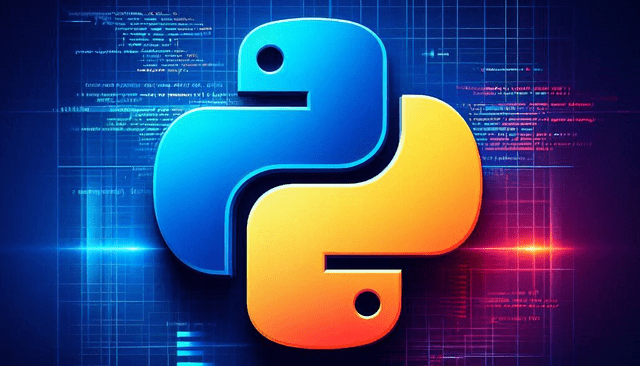Writing clean and maintainable code is a crucial skill for any programmer, and Python makes it easier due to its emphasis on readability and simplicity. Clean code not only improves the quality of the software but also makes it easier for other developers to understand, modify, and maintain the code in the future. In this article, we’ll explore some best practices for writing clean Python code that aligns with Python’s core philosophy.
1. Follow PEP 8 Guidelines
PEP 8, the Python Enhancement Proposal, is the style guide for Python code. It provides recommendations for how to structure Python code in a way that makes it more readable and consistent. Following PEP 8 ensures that your code is familiar to other Python developers, making it easier for them to collaborate and contribute.
Some important points from PEP 8 include:
- Indentation: Use 4 spaces for indentation (do not use tabs).
- Naming Conventions: Use lowercase with underscores for variable names (
my_variable), and use CapitalizedWords for class names (MyClass). - Line Length: Limit all lines to 79 characters to avoid horizontal scrolling.
By adhering to these guidelines, you can ensure that your code is easy to read and understand, both for yourself and for others.
2. Write Descriptive and Meaningful Variable and Function Names
A key aspect of clean code is choosing meaningful and descriptive names for your variables, functions, and classes. Names should clearly indicate the purpose of the item, so others can understand your code without needing extensive comments.
For example, instead of naming a variable x, name it something more descriptive like user_age if it stores the age of a user. Similarly, functions should be named based on what they do, such as calculate_total_price() instead of just calculate().
Descriptive names make your code self-documenting, reducing the need for excessive comments and making the code more intuitive to read.
3. Keep Functions and Methods Small
Another important best practice for clean Python code is keeping functions and methods small and focused on a single task. Each function should do one thing, and do it well. If a function becomes too large or tries to handle too many tasks, it becomes harder to understand and maintain.
As a rule of thumb, if you find that a function is getting long or is trying to do multiple things, break it up into smaller, more manageable pieces. This makes your code more modular and reusable, as well as easier to test.
Conclusion
Writing clean Python code is essential for developing high-quality software that is easy to maintain and extend. By following the PEP 8 guidelines, choosing meaningful names for variables and functions, and keeping your functions small and focused, you can ensure that your code remains clean and readable. Clean code doesn’t just benefit the developer writing it; it benefits the entire team, making collaboration and future changes much easier.




